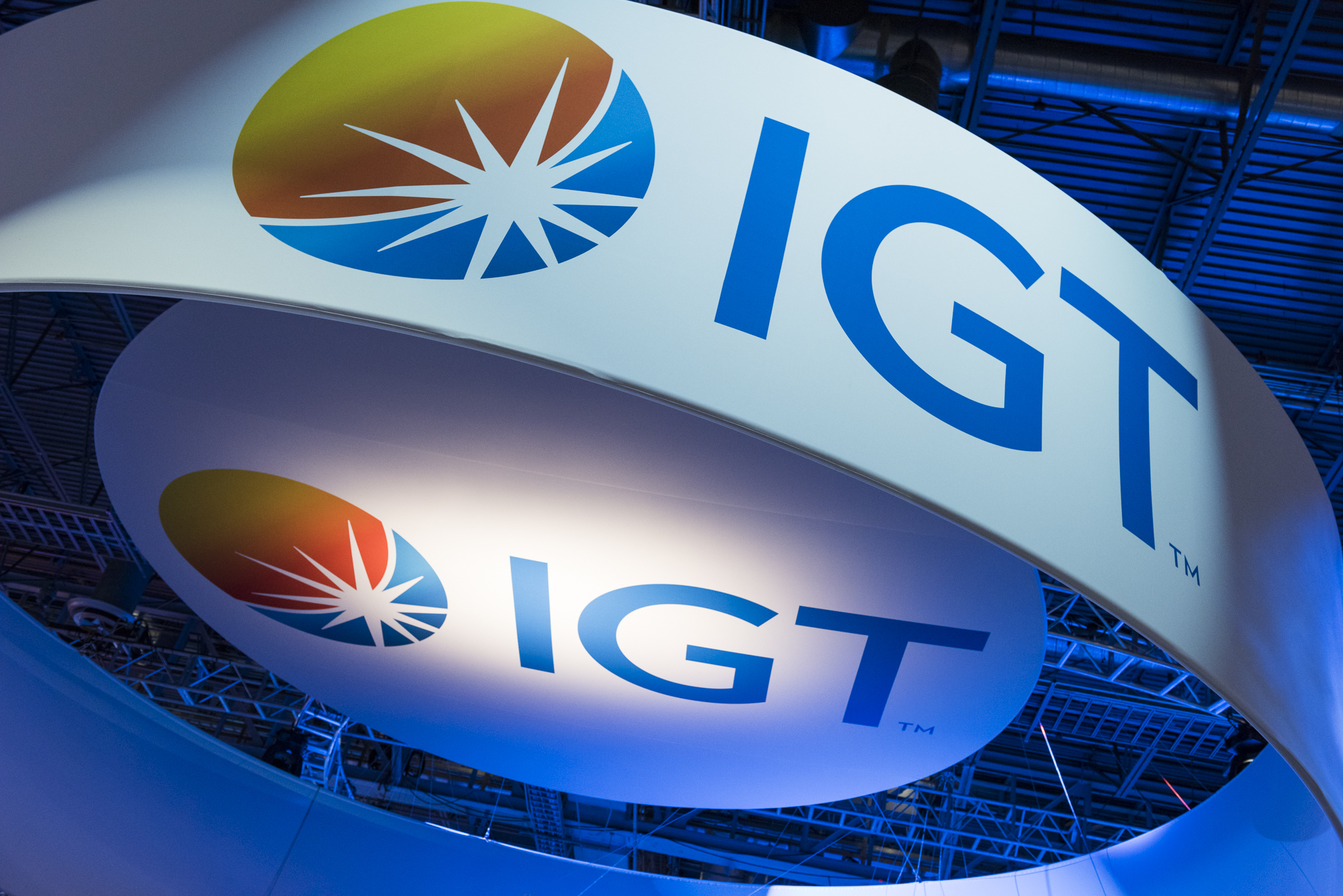
How to Convert Fresh Attention to Action
April 12, 2016
Now That I Have Your Attention …
Every once in a while, good fortune shines on your brand when an important event generates wide spread attention. Such was the case for Callaway this week when Danny Willett emerged as an unexpected winner of the Masters.
When this happens to you, what do you need to be ready to convert this attention into the action needed to expand sales?
Start by understanding your customer’s decision process
A quick review of the consumer decision-making process in your category will tell you exactly where to focus. For most prospects, new attention compels people to want to learn more about the brand. Some will go directly to your website. Others will need to be nudged to act on their new intentions.
Nudge with non-intrusive media
To nudge, you need to be where they are looking. Twitter, Facebook, Instagram, Pinterest, Snapchat and relevant information sites are all places your targets will be using to learn more about the event that helped to raise your brand’s visibility.
By participating in these important media outlets you’ll be in the right place to naturally influence your targets to take the actions needed to learn more about your brand. You won’t be interrupting them. You won’t be alienating them. Instead you’ll be working in the natural flow they use to learn more about what happened and participate in the debate.
Email can also an effective tool, but a bit more intrusive than social media. The good news is that email gives the consumer the option of clicking in only if they are interested.
Content to inform and answer important questions
Once they’ve been nudged, your targets will do what they normally do to determine whether what you have to offer fits their lives. They’ll want to learn what they need to learn to make a smart decision.
This is where powerful content comes in. You’ll want to help these targets understand why you exist, what you have to offer and how it is right for their lives. You’ll want to help them assess your value relative to what they’re already using and decide whether or not to give you a try.
Short information rich video content, how to lessons, and third party assessments should always be top of your list. Channel partner and influencer content are also extremely valuable. Consumer endorsement never hurts as long as it is credible. What we stand for videos are icing on the cake.
Determine the actions you need your customers to take
Your primary objective is to give your targets the information they need to decide to take action. That action could take a variety of forms ranging from making an on the spot purchase to beginning a more protracted purchasing process.
In the case of Callaway, this could take a variety of forms. Golfers could decide in the moment to buy Callaway branded gear or balls directly, from an online partner, at a big box golf store or from their club’s pro shop.
Or, they could decide to start the process of buying Callaway branded clubs either in the moment or following a thoughtful fitting process. Again, this could be through a variety of channel options including direct, an online partner, a big box golf store or their club’s pro shop.
In either case, regardless of the chosen path, success is enabled from a well coordinated, well orchestrated experience that is seamless both within and across channels.
Plan in advance for success
Which means of course, that all of this should be well planned and managed in advance. Like most everything else, prior preparation enables you to benefit from a momentary event that brings your brand significant new attention.
In the end, success is all about the effective orchestration of touchpoints along the customer journey to nurture the decision making process. Media and content are critical for both building and leveraging attention and converting this attention into an intention to act. Managing experiences across the channels then insures that consumers follow though on their intention and take the action needed to ensure your success. If the process is especially well run, these customers will tell others all about it so that your success will be compounded across their relationships.
So when good fortune shines on your brand, be sure you’re ready to make the most of its fleeting benefits. Hopefully, for Callaway, this week marks the beginning of a very lucrative year.
Let me know what you think.
Posted under: Branding Strategy, Customer journey mapping, Marketing Strategy, Social Media Strategy

7 Lessons For Marketers From The 2016 Campaign
March 30, 2016
While for many the 2016 presidential campaign has been painful to watch, there’s key learning – both good and bad – for marketers to apply in crafting and executing our marketing plans.
If you want to establish a powerful and unassailable position, connect with core needs.
The reason why Donald Trump and Bernie Sanders have drawn disproportionately large crowds to their events is that they’ve both tapped into the politically disenfranchised in a powerful way. While going about it with differing messages, these two polarizing candidates have drawn important support by connecting with these target’s core concerns. In the process, they’ve fostered strong convictions that defy logic.
While it’s important to have a strategy, success often depends on tactical opportunism.
The successful candidates in this race are masters at counterpunching. They rule the news cycle by taking advantage of events as they unfold. They thrive by listening carefully and responding quickly to capitalize on opportunities as they arise.
Differentiation and neutralization are equally important.
We all know it’s important to differentiate our offer from competition, but success in this race has been as much about neutralizing competitive advantages as it has been about differentiation. This one is tricky for there’s a fine line between success and alienation. But, it’s becoming increasingly clear that marketers need to bring neutralization messages into our narrative to help distinguish our offer, particularly if we’re challenging the status quo.
Authenticity remains critically important.
It’s important to remain true to who you are if you want to build meaningful connections. One of the most promising candidates going into the campaign is no longer a factor in the race because he morphed his persona three times in the course of the campaign. Targets sniff that out fast and quickly turn away if you fail the genuine test.
Mechanical repetition of key talking points can alienate targets.
Marketing today is about building a dialogue. That same candidate’s waterloo moment came in the midst of a national debate where he mechanically repeated his key talking points over and over in the face of critical onslaught. It turned many interested voters off and cost him valuable ground, which he never recovered. Targets want to be talked with, not at.
Influencers can be effective if they are credible.
We’ve seen a marked dilution of the impact of endorsement in this campaign. Does that mean influencers are no longer valuable? Research tells us that third party endorsement remains one of the most powerful catalysts in the buying decision for both consumer and b2b targets. But, targets must believe the endorser’s message. They just can’t say it. It must be credible.
The impact of traditional marketing media is on the wane.
Fascinatingly, attack ads are not working in this election as they have in prior contests. The most polarizing, yet successful candidate has leveraged free media and relied primarily on Twitter and Instagram as his social media of choice. This has worked gloriously for him. Targets are consuming media as they live today. New channels are reaching people more effectively than traditional channels. It’s time marketers take notice.
These are some of the key lessons I’ve taken away. I’m sure there are many more insights that each of you have gleaned from this process. I’d love to know what they are. Please share.
Posted under: Branding Strategy, Changes in branding







